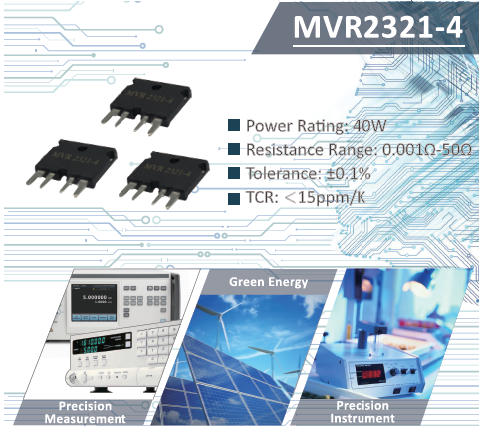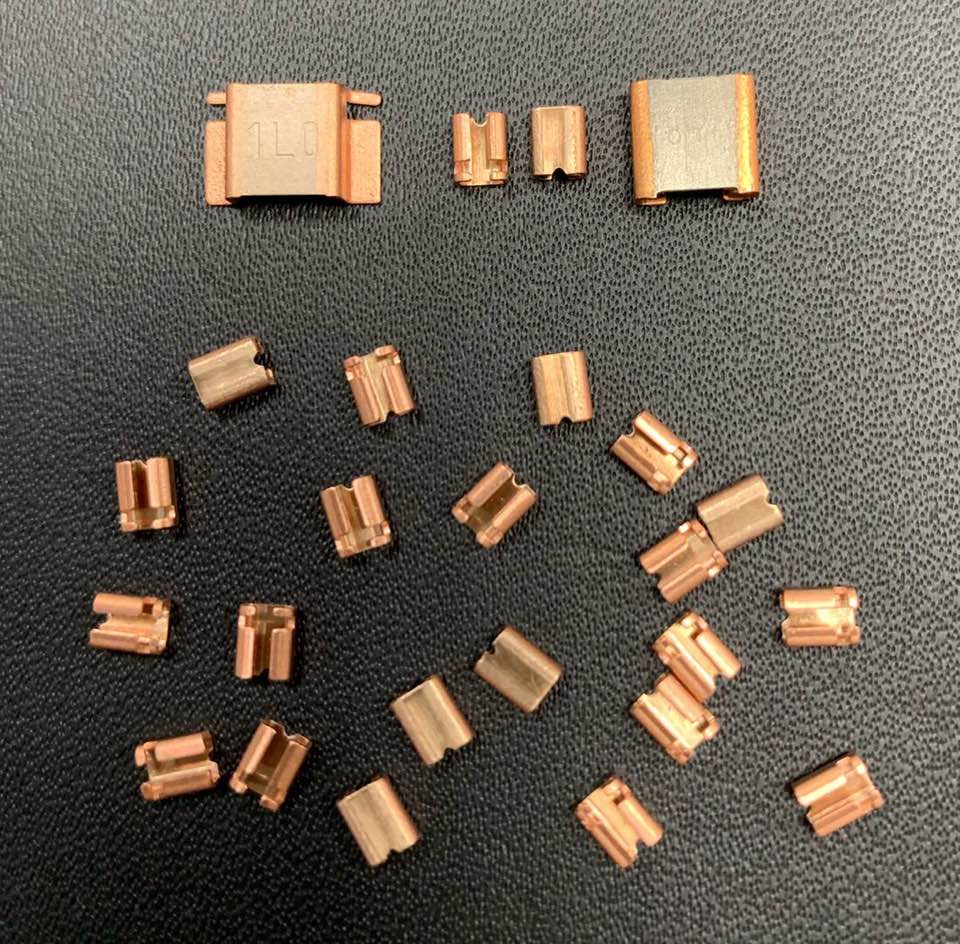Position:Home » Technical Articles
Making Sense of Current Sensing
Writer:Microhm Page View:Date:2019-11-01
Current sense resistors are very low value resistors used to measure the current flowing through it. Microhm Electronics MVR2321-4, MPR series, MMS series are most often used current sense resistor. The current through the resistor is represented by the voltage across the resistor, so by applying I = V/R as set down by the famous school teacher Georg Simon Ohm, the current is proportional to the voltage across the resistor.

This simple introduction to the topic is the beating heart of the rest of this current article. The topics covered here - resistor selection, high side or low side monitoring, and choosing a sense amplifier - are all based on this basic formula of electrical engineering.
Current sense monitoring helps to improve the efficiency of some systems and reduce losses. For example, many mobile phones have implemented current sensing to monitor and improve battery life while also improving reliability. If the current draw becomes too large, the phone can decide to throttle back the CPU frequency to reduce the load on the battery in order to extend battery life, while preventing the phone from overheating which increases reliability. There are even phone apps that can access the current sense reading circuit and make decisions to optimize the phone’s performance.
In addition to current sense monitoring using a resistor, two other less common methods are used. One uses a Hall Effect sensor to measure the flux field generated by a current. While this is non-intrusive and has the advantage of no insertion loss, it is somewhat expensive and requires a relatively large amount of PCB real estate. The other method, using a transformer to measure induced AC current, is also size and cost intensive; while also useful only for AC current.

There are three basic aspects of current sense monitoring using a resistor:
Choosing a low resistance precision sense resistor.
Choosing a sense amplifier chip. When sensing voltages across a resistance that is less than one ohm, small changes in voltage can have significant sense consequences. The sense amplifier amplifies that voltage change, making the insignificant, significant.
The location of the sense resistor. This refers to either sensing at the power supply, called High-Side Sensing, or at the ground connection, called Low-Side Sensing.
Precision current sensing applications are no longer made-from-scratch circuits; manufacturers have done all of the research and most of the work for modern designers.
Keywords:
Latest News
- Resistor's role in measuring and correcting LED,,,
- Single through-hole resistors' characteristics ,,,
- Why shunt resistors for current sense applicati,,,
- Metal-film resistors with small size, high resi,,,
- 36W High-Current Shunt Resistors MMS8420,,,
- 1W Surface Mount Resistor MPR1206,,,
- An Overview of Microhm Electronics' Resistor Pr,,,
- More anti-sulfur resistors used in harsh envir,,,
- Resistance changes with temperature,,,
- 140W TO247 High Power Heatsinkable Resistor,,,
- MMS5930 is ideal for current sensing in industr,,,
- Shunt resistors selection for engineers' design,,,
- Considerations for choosing precision resistors,,,
- Ceramic Encased Cement Resistors NWH Series for,,,
- Resistors for Passive Balancing in Battery-Pow,,,
Hot Articles
- Microhm will take part in 10th Automotive World,,,
- Thanks for Visiting Microhm's Booth E5-5706 in ,,,
- Resistors in Short Supply: Blame Cars,,,
- New lunch: High Power Precision Shunt Resistor,,,,
- How to Test a Resistor,,,
- Innovative Technology, Future Electric: Electri,,,
- What is Precision Resistors?,,,
- SMD Resistors Sizes and Packages,,,
- The Construction and Features of Metal Film Res,,,
- What is a TO-220 Resisor?,,,
- Hot Selling Products: Precision Shunt Resistors,,,
- How to Calculate the Equivalent Resistance Valu,,,
- What is a Fixed Resistor?,,,
- Resistors in LED Circuits,,,
- Resistors Types and Materials Overview,,,
Resistance applications
- Heater Blower Motor Resistor in Air Conditioner,,,
- BMS for New Energy Vehicle,,,
- The Four Important Functions of Alloy Resistors,,,
- Precision Resistors' Construction and TCR,,,
- The Main Application for High Precision and Low,,,
- Miniature future for passive electronic compone,,,
- Industrial Roberts Applied to Solar Photovoltai,,,
- Carbon Film Resistors' Features and Application,,,
- The Measurement Accuracy of Automotive Shunt is,,,
- Urbanization Development Bringing the Transform,,,
- Shunt Resistor MMS8420 for High Current Stable ,,,
- Difference Between High Precision Resistors and,,,
- Why Zero-Ohm Resistors?,,,
- Surface Mount Resistor's Size and Package ,,,
- Select the Right Resistor for Harmonic Filterin,,,
